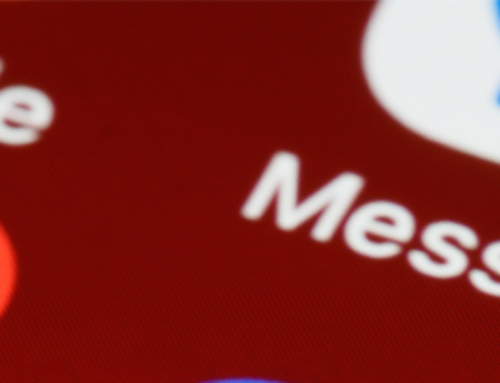How do you distinguish between work and play? Are they really that different?
Consider this:

1) Many games these days – particularly those online – are highly complex and taxing. They require skills in strategic planning, negotiation, resource allocation, tactics, practice (and more practice), and the use of specialised tools (from rackets to balls to enchanted axes).
2) The advent of social networks have resulted in more businesses embracing blogs, Facebook, Twitter, Google +, YouTube, and Pinterest, all in the name of work. Yes, you can now surf and update stuff on the Internet during office hours, and get paid for it.
3) Hierarchy and pecking order apply equally in both contexts. A be-medalled badminton player/ RPG grand master is just as respected as a star engineer or target-exceeding sales manager.
4) Peer acceptance and team support is crucial. A manager who dominates others through fear and intimidation eventually finds himself or herself in cold storage. Similarly, the best players in team sport always look out for their friends.
5) Hobbies these days are becoming more and more involved. People are no longer content with simply cooking but are creating recipes, posting them on Instagram/Tumblr, and teaching others how to bake that world-class souffle.
The huge difference, however, is this. What is the frame of mind that you adopt while performing that activity? What moves you to complete that task?
Are you driven by:
A) The sheer necessity to earn an income and to pay your bills?
B) The opportunity to express yourself and indulge your muse?
C) The conviviality and camaraderie of doing stuff with people you care about?
D) The chance to make a difference in a future that you believe in?
E) The insatiable need to “score” and achieve points, besting your previous record?
If your answer is A and that alone, it is probably time for you to consider looking for another job. Doing something merely because you have to isn’t going to bring out the best in you. On the contrary, it will sap your energies and weaken your spirit.
If your answer is B, C, D, E (or all four), you are actually not “working” in the traditional sense but playing. Earning a keep is really a bonus (OK, maybe its more than that, but you get the drift).
The differences between work and play is nicely summarised by the table below from the Gamification Wiki. Have a look and see if you agree.
Source: Work Game
Tasks repetitive dull repetitive fun Feedback once a year constantly Goals contradictory, vague clear Path to Mastery unclear clear Rules unclear, untransparent clear, transparent Information too much and not enough right amount at the right time Failure forbidden, punished expected, encouraged, spectacular, brag about it Status of Users hidden transparent, timely Promotion kiss-up-o-gracy meritocracy Collaboration yes yes Speed/Risk low high Autonomy mid to low high Narrative only if you are lucky yes Obstacles accidental on purpose Courtesy of Gamification WikiThe challenge for all of us is this:
For a start, consider embracing the principles of gamification at the workplace. This can perhaps be summarised as follows: 1) Adopt accelerated feedback cycles so that employees know when they’ve done well and when they’ve slipped up. The faster and more frequently you can do so, the better. 2) Establish clear objectives and “rules of the game” with boundaries that are clear and unambiguous. 3) Encourage socialisation and cross-team efforts. Make it clear what project teams are working on. 4) Develop a compelling story that is woven into aspects of the “game”. This narrative should resonate with players and engage them in proactive participation. 5) Provide clear and achievable rewards for intermediate milestones. This shouldn’t wait till the completion of a 12 month project, but could be established at various junctures. 6) Break down tasks into challenging but achievable quantums. In gamification, the achievement of intermediate wins are an important component of sustaining energy levels throughout the endeavour. 7) Be public and transparent about the different “games” that are being played. If possible broadcast the progress of various teams through multiple corporate channels. 8) Most importantly, build a culture that celebrates failure. In fact, a resounding crash during a Formula One race attracts far more attention than a run-of-the-mill victory. Having said that, it is good to institute a system that encourages people to learn fast from their mistakes and move on.How do we make our work more like play (and less like work)?





